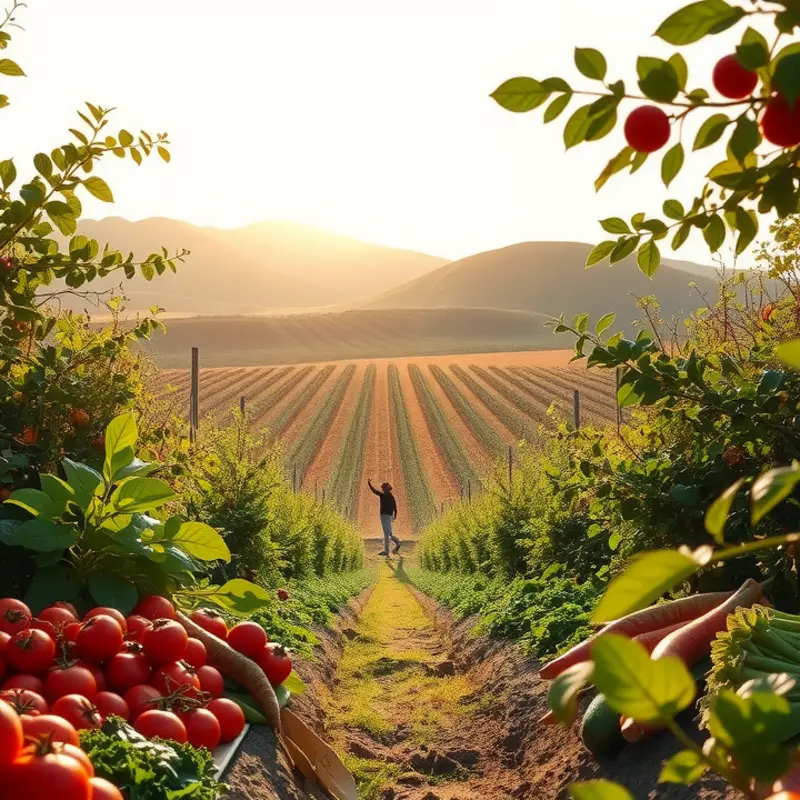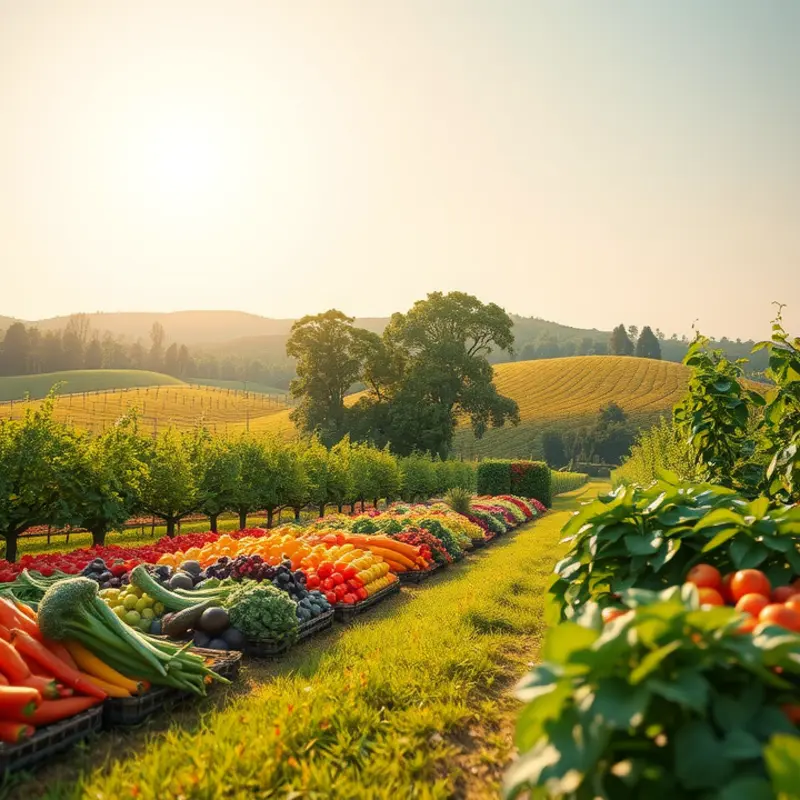Fasting is a time-honored ritual found in many cultures and religions worldwide, and it often brings with it unique culinary traditions. These practices go beyond abstaining from certain foods; they also celebrate spirituality, community, and creativity in the kitchen. From the fragrant dishes of Ramadan to the vibrant flavors of Lent, every fasting period has its own rich tapestry of cuisines reflecting the culture and beliefs behind it. Let’s embark on a delicious journey that explores fasting cuisines from around the globe.
Ramadan Delights: The Iftar Feast

As the sun dips below the horizon during Ramadan, the world of culinary wonders opens with the Iftar meal. Each evening, this cherished tradition brings together families and communities to break the fast. Central to any Iftar table is the humble yet profound fruit: the date. Traditionally, Muslims start with dates stuffed with nuts, such as almonds or walnuts. This combination offers a delightful balance of natural sweetness and a satisfying crunch, providing a quick energy boost after a day of fasting.
Moving beyond appetizers, fragrant biryanis take center stage. These rice dishes, enriched with aromatic spices like saffron, cardamom, and cloves, are a staple across many Muslim-majority countries. Each bite offers a taste of cultural fusion, with regional variations adapting to local ingredients and traditions. Whether preparing a classic chicken or a vegetarian version, the biryani holds profound significance as it symbolizes unity and prosperity at the dining table.
Sweet endings are vital to this feast, and baklava is a popular choice for its flaky, honey-drenched layers of pastry. This pastry, often filled with nuts and spices, connects those gathered to centuries-old culinary traditions. It serves not only as a dessert but as a cultural bridge that reinforces bonds through shared inheritance.
Iftar is incomplete without refreshing beverages that revive the spirit. Drinks like jallab, a concoction made from dates, grape molasses, and rose water, or a rejuvenating glass of mint lemonade, provide a cooling counterpoint to the warm dishes. These drinks, often harmonized with traditional desserts, offer a sensory delight that enhances the celebratory mood of Ramadan evenings.
The preparation of these dishes is a labor of love, reflecting the essence of Ramadan—a time for reflection, generosity, and gratitude. Families often gather not just to eat but to share stories, strengthening community ties. Using sustainable cooking practices can further enhance these gatherings, reducing waste and embracing eco-friendly habits, as discussed here.
The diversity of Iftar meals worldwide reflects a tapestry of global flavors brought together by shared faith and celebration. From the simple date that starts the meal to the intricate desserts that conclude it, each element of Iftar weaves a narrative of shared joy and spiritual renewal.
Lenten Flavors: Fishes and Feasts

Lenten traditions across the globe invite a unique blend of flavor, creativity, and spirituality into the kitchen. Communities that observe Lent often abstain from meat, turning instead to the bounty of the sea. During this period of fasting, fish and vegetables become the stars of the table, celebrated through an array of enticing dishes.
In the vibrant culture of Cajun cuisine, gumbo takes center stage. This hearty stew embraces seafood generously, melding rich flavors of shrimp, crab, and fish with a medley of vegetables. The roux—a blend of fat and flour—is seasoned with spices like cayenne and thyme to create depth without overwhelming the palate. A steaming bowl of gumbo nourishes both body and soul as part of the Lenten feast.
Mediterranean regions offer their own culinary treasures by the sea. Grilled fish, simply prepared with olive oil, lemon, and a sprinkle of local herbs, highlights the natural freshness of coastal ingredients. These dishes exemplify a minimalist approach, celebrating simplicity and allowing the pure, robust flavors of each component to shine. Seasonal vegetables, such as artichokes and greens, complement the fish, balancing the meal with their earthiness.
Comforting vegetable soups warm many Lenten tables. These soups combine a variety of local and seasonal produce, showcasing the cooking techniques that stretch simple ingredients into complex, satisfying flavors. Onions, carrots, celery, and tomatoes form a foundational base, while lentils or beans add heartiness and protein. With every spoonful, the soup tells a story of sustenance and the robust ingenuity of home cooks.
The culinary practices of Lent reflect not only the spiritual journey of fasting but also an opportunity to embrace creativity in the kitchen. Cooks draw inspiration from regional availability and the seasons, transforming humble ingredients into vibrant meals. This mindful approach can serve as a lesson in sustainable eating, where each element is cherished and nothing goes to waste.
For those interested in enhancing their Lenten dishes without relying on salt, exploring flavor boosters can provide valuable insights. These alternatives can introduce new dimensions to traditional recipes, maintaining richness and depth throughout the fasting period.
Through these culinary traditions, Lent becomes not merely a time of abstinence but a celebration of the resourcefulness and richness of global kitchens. Adaptive recipes that skip meat extend more than nourishment—they offer a delicious tribute to culture, nature, and the enduring spirit of gatherings around the table.
Final words
Culinary traditions reverberate with stories, spirituality, and a deep connection to cultural identity. Fasting is not merely about abstaining from food; it is a time of reflection, community, and celebration of the bounty nature offers. From the shared meals of Ramadan to the creative dishes of Lent, these fasting cuisines encapsulate the flavors of the divine and the resilience of communities. Embracing these diverse culinary traditions not only enriches our palates but also broadens our understanding of the world’s rich tapestry of cultures. By exploring and sharing these practices, we nurture a sense of connection that transcends our differences.








